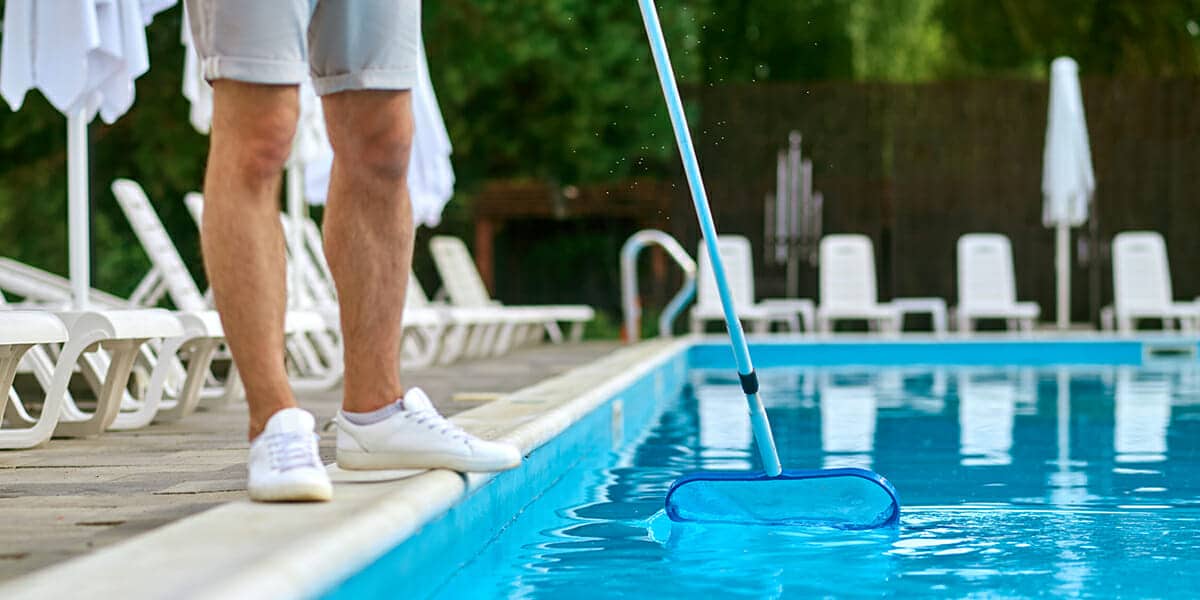
Owning a swimming pool is a luxurious addition to any home, but it comes with the responsibility of upkeep and occasional upgrades. In the realm of pool maintenance, two terms that often arise are “pool resurfacing” and “replastering.” Though they might sound similar, they serve distinct purposes and offer unique benefits. This comprehensive guide dives deep into the nuances of Pool Resurfacing vs Replastering, helping you make the best choice for your aquatic haven. Maintaining your pool can be a hassle, but understanding the benefits of pool safety features can make a significant difference.
The Art of Pool Resurfacing
Pool resurfacing is the process of applying a new finish to the entire interior surface of a swimming pool. This method revitalizes the pool’s appearance and boosts its overall performance.
Key Benefits of Pool Resurfacing
- Enhanced Aesthetics: A new surface provides a vibrant, clean look, transforming the pool’s visual appeal.
- Improved Durability: Modern resurfacing materials are more resistant to cracks and stains.
- Increased Safety: A smooth, new surface minimizes the risk of injuries.
Popular Resurfacing Materials
- Quartz Aggregate: A mix of quartz, cement, and additives, offering strength and water resistance.
- Pebble Surface: Durable pebbles combined with aggregates for a textured finish.
- Glass Beads: Rounded glass beads mixed with standard materials, creating a stunning mosaic effect.
The Precision of Replastering
Replastering is a subset of resurfacing, focusing on applying a new plaster layer to the pool’s interior. It’s commonly used to repair or refresh the pool’s surface. Many homeowners are unaware of the advantages that come with regular pool aesthetics for their pools.
Key Benefits of Replastering
- Restored Smoothness: Enhances swimmer comfort by smoothing out the pool’s surface.
- Cost-Effective: Typically less expensive than full resurfacing, ideal for minor repairs.
Steps in Replastering
- Draining the Pool: Ensure the pool is empty before starting.
- Prepping the Surface: Remove old plaster and clean the surface.
- Applying New Plaster: Evenly distribute the new plaster layer.
- Curing the Surface: Allow the plaster to set and cure properly.
Pool Resurfacing vs Replastering: A Comparative Insight
Choosing between Pool Resurfacing vs Replastering depends on your specific needs, budget, and desired outcomes. To enhance the longevity and aesthetics of your pool, consider investing in pool durability .
When to Opt for Pool Resurfacing
- Significant damage or wear on the pool surface.
- Desire to upgrade to more durable or aesthetically pleasing materials.
- A complete transformation of the pool’s look and feel.
When to Opt for Replastering
- Minor repairs or worn-out existing plaster.
- Budget constraints necessitating a cost-effective solution.
- Preference for maintaining the traditional plaster look.
Detailed Comparison: Pool Resurfacing vs Replastering
Material Variety:
- Pool Resurfacing: Wide range of materials like quartz, pebble, and glass beads.
- Replastering: Primarily involves plaster, limiting aesthetic options.
Longevity and Durability:
- Pool Resurfacing: New materials offer long-lasting, durable surfaces.
- Replastering: Plaster is durable but may need more frequent touch-ups.
Cost Considerations:
- Pool Resurfacing: Generally more expensive due to advanced materials.
- Replastering: More affordable for minor upgrades and maintenance.
Aesthetic Appeal:
- Pool Resurfacing: Offers significant upgrades with modern materials.
- Replastering: Refreshes the appearance with limited material choices.
Time and Effort:
- Pool Resurfacing: More extensive, requiring more time and labor.
- Replastering: Quicker, often completed in a shorter timeframe.
The Multifaceted Benefits of Pool Resurfacing
Resurfacing your pool does more than just enhance its appearance; it also improves functionality, efficiency, and safety. Whether you’re dealing with wear and tear or looking to upgrade, replastering process is an excellent option.
Enhanced Aesthetics
- Vibrant Colors and Patterns: Modern materials provide a variety of colors and patterns.
- Sleek, Modern Look: Transform an old pool into a contemporary oasis.
Improved Functionality and Efficiency
- Better Water Quality: Upgraded surfaces can enhance water quality and reduce maintenance.
- Energy Efficiency: Energy-saving equipment can be integrated during resurfacing.
Added Water Features
- Waterfalls and Fountains: Enhance the pool’s ambiance.
- Bubbling Jets and Spa Features: Create a relaxing, spa-like experience.
Safety Enhancements
- Updated Safety Features: Install new safety covers or alarms.
- Proper Fencing and Gates: Secure the pool area, especially for households with children.
Frequently Asked Questions (FAQs)
What is the primary difference between Pool Resurfacing vs Replastering?
Pool resurfacing involves applying a new finish using various materials, while replastering specifically refers to applying a new plaster layer.
How do I know if my pool needs resurfacing?
Signs include visible cracks, rough textures, stains, excessive water loss, and a worn-out appearance.
What should I expect after pool resurfacing?
Expect a smoother texture, improved durability, enhanced aesthetics, and easier maintenance.
Why is pool resurfacing important?
Resurfacing improves safety, extends the pool’s lifespan, enhances its look, and increases property value.
How much does it cost to resurface a pool?
Costs vary based on pool size, chosen materials, extent of repairs, and location. Contact a professional for a personalized quote.
Is it better to renovate or replace an old pool?
Renovating is often more cost-effective and can address specific issues, while replacing may be better for extensive structural problems or desired design changes.
Conclusion: Making the Right Choice
Understanding the differences between Pool Resurfacing vs Replastering is essential for making informed decisions about your pool maintenance. Each process has its own benefits and applications, and choosing the right one depends on your needs, budget, and desired outcomes. By consulting with professionals and considering these detailed insights, you can ensure your pool remains a beautiful and functional backyard centerpiece for years to come.
For more personalized advice or to schedule a consultation, contact Clements Pool Services & Remodeling today. Let us help you transform your pool into a stunning and inviting oasis.
